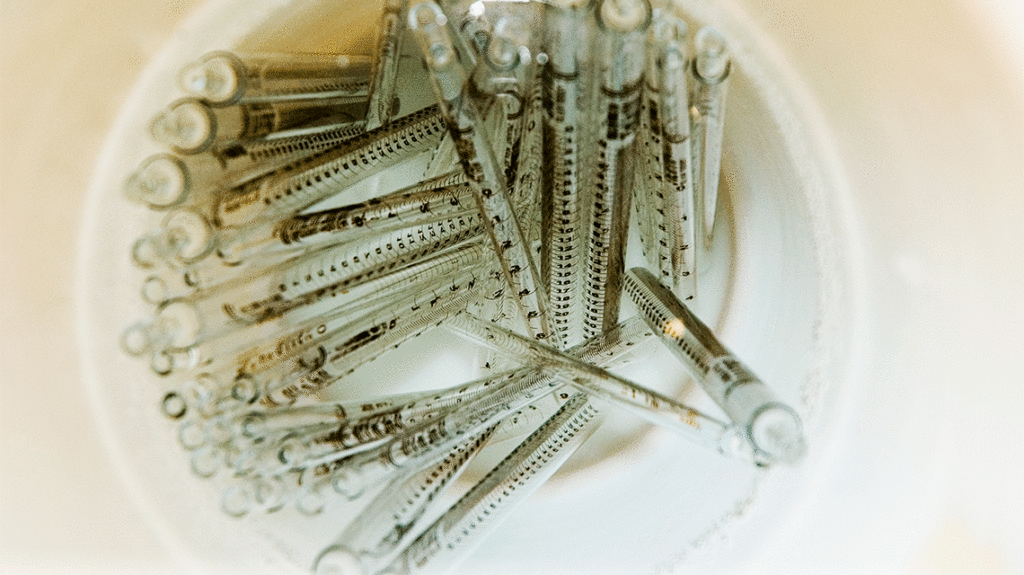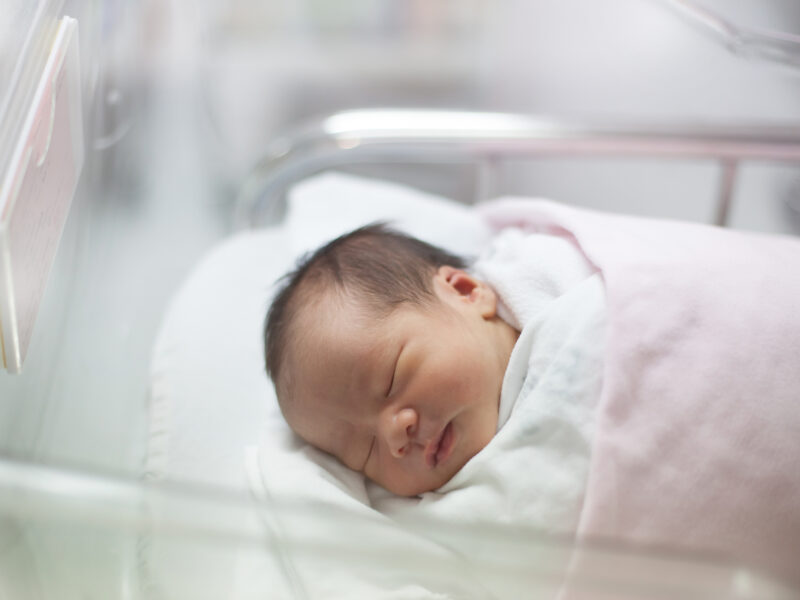Two Novel Biomarkers for Urinary Tract Infection Diagnosis Identified
Two Novel Biomarkers for Urinary Tract Infection Diagnosis Identified https://pediatricsnationwide.org/wp-content/uploads/2017/04/DSC_1346_Small-header-1024x575.gif 1024 575 Mary Bates, PhD Mary Bates, PhD https://secure.gravatar.com/avatar/c6233ca2b7754ab7c4c820e14eb518c8?s=96&d=mm&r=g- August 27, 2021
- Mary Bates, PhD

Study identifies two proteins that are elevated in children with UTIs compared to those with culture-negative pyuria.
In a new study from Nationwide Children’s, researchers identified two novel biomarkers that could be developed to further fine tune the diagnosis of urinary tract infection (UTI) in children.
UTIs are common, but challenging to diagnose, in children. Clinicians use urinalysis and urine culture to diagnose a UTI, though these tests have limitations. Urinalysis yields a rapid result, but too often leads to a false positive. Urine cultures are more specific but can take up to 72 hours, and many clinicians initiate antibiotic therapy while awaiting results, leading to unnecessary or inappropriate treatment in some cases.
For the new study, researchers enrolled 167 girls for whom urinalysis and urine culture were collected and compared the concentrations of six pre-selected proteins, based on a previous study.
“The purpose was to try to identify biomarkers that could distinguish between children with pyuria (white blood cells in their urine) but a negative urine culture and children with pyuria and a positive urine culture,” says John Spencer, MD, chief of the Division of Nephrology and Hypertension and one of the study’s co-authors.
Dr. Spencer and his colleagues found that two of the six candidate proteins were significantly upregulated in children with UTI compared to those in the culture-negative pyuria group. The researchers say these proteins, BH3 interacting domain death agonist (BID) and cathepsin S (CTSS), warrant further research into their use as novel biomarkers for UTI.
“I think this study provides an initial first step to potentially develop these two biomarkers as novel UTI diagnostics,” says Dr. Spencer, who is also an assistant professor of pediatrics at The Ohio State University College of Medicine.
“Since this was a relatively small study focused on otherwise healthy young girls without any other anomalies, the next step is to evaluate these biomarkers in larger and more diverse patient populations.”
If follow-up studies are successful, the long-term goal would be to develop a high throughput assay that could be performed at the bedside to help guide the clinician’s treatment decisions.
“Hopefully, with ongoing research, we can identify new ways to diagnose UTIs, or maybe supplement the current gold standards of diagnosis to lead to more accurate and more timely treatment for these patients,” says Dr. Spencer.
Reference:
Hill EB, Watson JR, Cohen DM, Kline D, Schwaderer AL, Spencer JD. Novel urine biomarkers to distinguish UTI from culture-negative pyuria. Pediatric Nephrology. 2021. Doi: 10.1007/s00467-021-05202-9.
About the author
Mary a freelance science writer and blogger based in Boston. Her favorite topics include biology, psychology, neuroscience, ecology, and animal behavior. She has a BA in Biology-Psychology with a minor in English from Skidmore College in Saratoga Springs, NY, and a PhD from Brown University, where she researched bat echolocation and bullfrog chorusing.
-
Mary Bates, PhDhttps://pediatricsnationwide.org/author/mary-bates-phd/December 27, 2016
-
Mary Bates, PhDhttps://pediatricsnationwide.org/author/mary-bates-phd/
-
Mary Bates, PhDhttps://pediatricsnationwide.org/author/mary-bates-phd/
-
Mary Bates, PhDhttps://pediatricsnationwide.org/author/mary-bates-phd/
- Post Tags:
- Nephrology
- Urinary Tract Infection
- UTI





